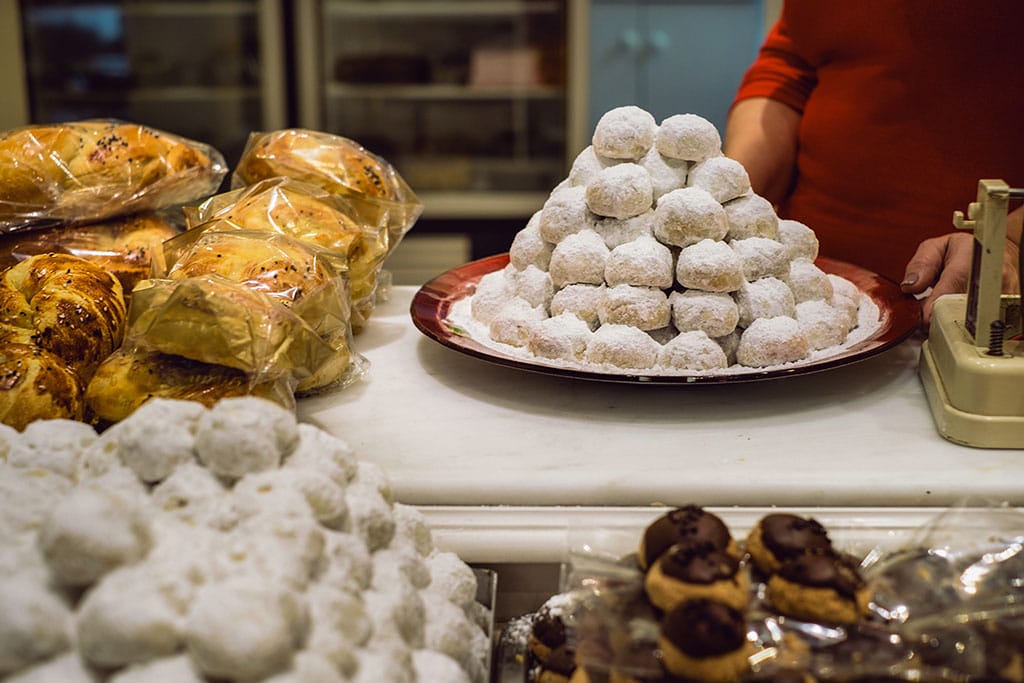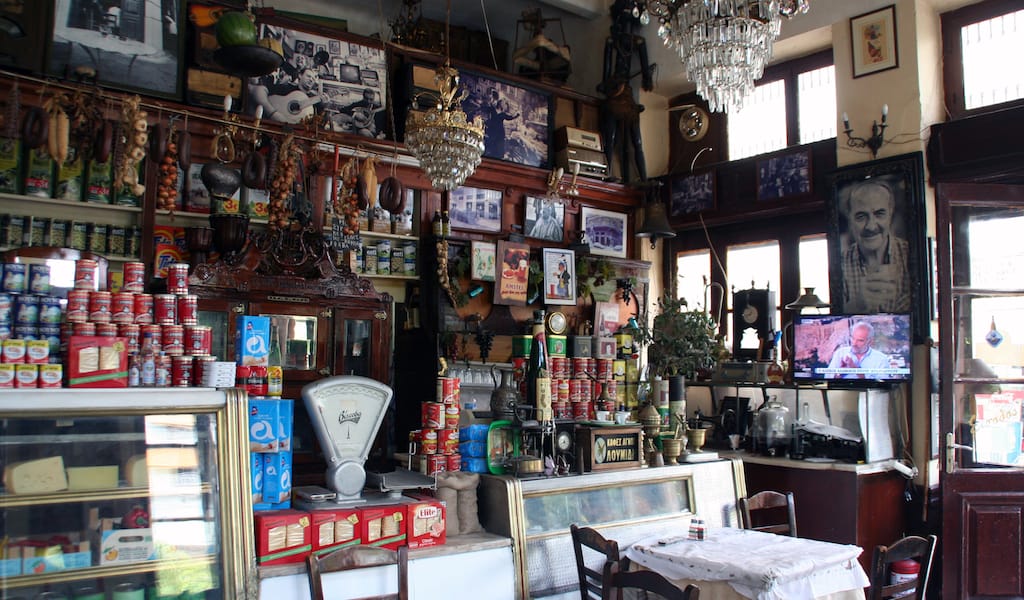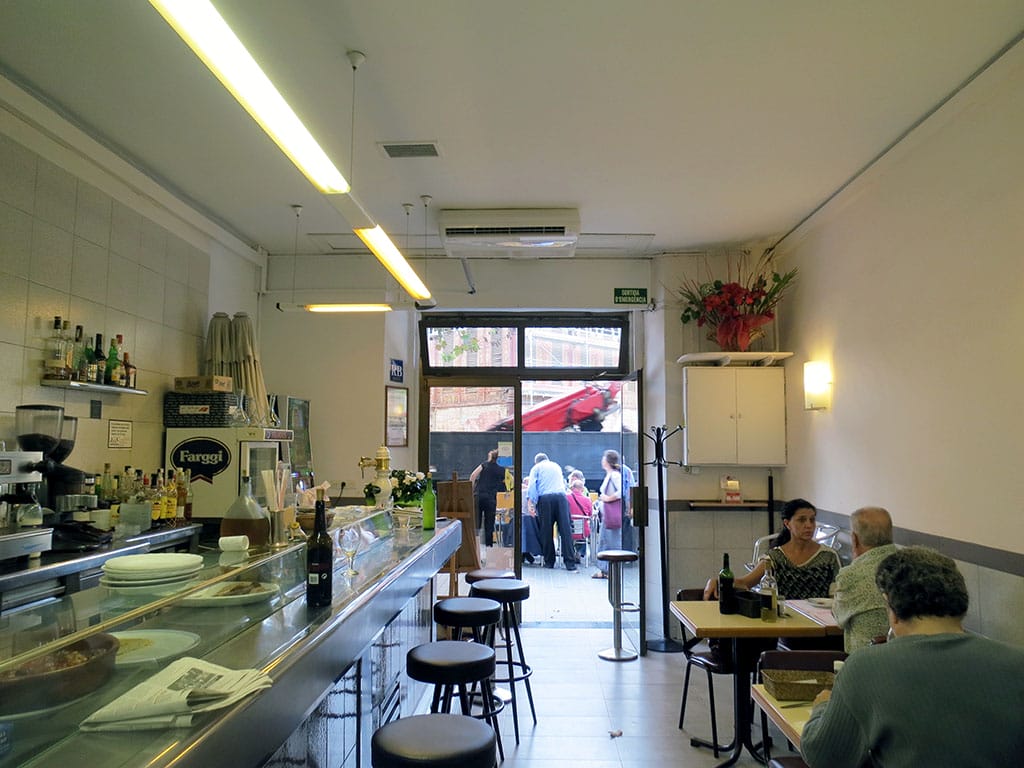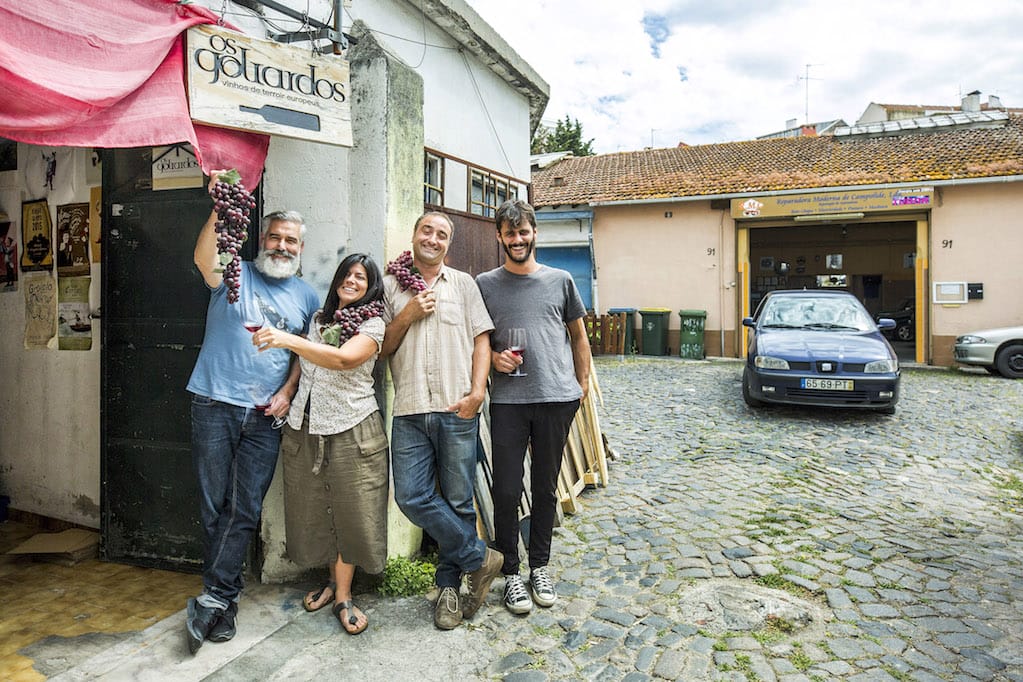You can’t have Christmas in Greece without melomakarona and kourambiedes, two traditional cookies that are present in every household this time of year. The former were once prepared for Christmas and the latter for New Year’s, but gradually the two treats became inseparable (because why have one when you can have both?).
Kourambiedes (the singular is kourambies) are believed to originate from the Azeri Iranian city of Tabriz, where they are called qurabiya. The Greeks, it appears, borrowed the name for their cookie from the Ottomans, who called them kurabiye (kuru meaning “dry” and biye meaning “biscuit”). Besides in Greece, variations of kourambies can be found throughout the Middle East, Turkey (kurabiye), Cyprus (kurabies), Albania (kurabie) and Bulgaria (kurabiiki), as well as the Andalusian part of Spain and Mexico (polboron).
In Greece, kourambiedes are shortbread-like butter cookies with toasted almonds, flavored with brandy and thoroughly dusted with plenty of powdered sugar. Their success lies in achieving the palest possible color in baking, which is why most old recipes recommend baking them covered to prevent them from browning. They must also be baked with care so that they don’t become too dry. The essence of kourambiedes is of course the butter: always fresh and ideally clarified. Although they look solid, they should melt in your mouth and crumble as you bite, and the resulting texture should be light and airy. After baking and cooling down, they are usually sprinkled with rosewater or orange-blossom water. This helps the powdered sugar coating stick and adds an extra kick of flavor. The layers of powdered sugar keep them fresh for longer and prevent them from sticking to one another.
Kourambiedes are usually round, but occasionally you may encounter crescent or star-shaped versions. Often they are studded with a single clove, which is said to represent the spices the Wise Men brought to baby Jesus upon his birth.
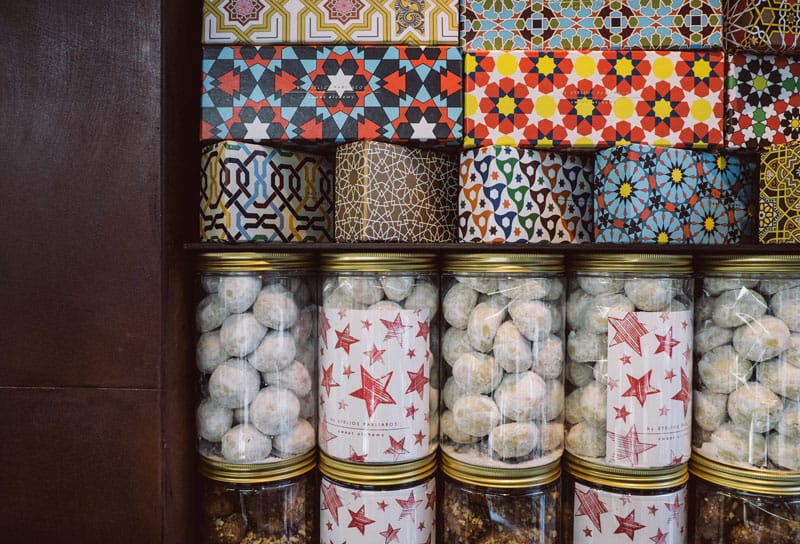
While they are most closely associated with Christmas, kourambiedes were (and still are in some areas) typically offered at weddings and christenings. They used to be prepared for August Lent, prior to the big celebration of the Virgin Mary, which meant that the recipe had to be altered to avoid animal products and by-products. Among the most famous ones are those from Crete, made with olive oil and stuffed with a small piece of loukoumi (like Turkish delight), and those from the island of Folegandros, made with olive oil, honey and plenty of cinnamon, resembling melomakarona.
The non-Lent versions are numerous. On Crete they often add cinnamon and cloves to the mix and replace the brandy with raki. In Kozani they’re made with olive oil, lemon zest and juice, and stuffed with ground almonds or walnuts, cinnamon and cloves. They’re topped with a whole blanched almond and once baked, they’re soaked with sugar syrup.
In certain small villages in the region of Arcadia, kourambiedes are made with walnuts and with bread crumbs and semolina instead of regular flour, for a crumblier result. In Nea Artaki, on the island of Evia, they are famous for “white” kourambiedes, which aren’t covered in powdered sugar, so extra care is needed in baking them. That recipe calls for a mix of fresh goat’s and cow’s milk butter without extra aromas added so that they taste and smell purely of fresh butter.
The most famous region in Greece for kourambiedes is undoubtedly Kavala, especially the little hamlet of Nea Karvali. The area became well known after the exchange of populations between Greece and Turkey, specifically the relocation of a large number of Greeks from Asia Minor in the early 1920s. In that town, each Christmas locals prepare a large reindeer made of piles of kourambiedes that is then transferred to a central location in Kavala, where they throw a big holiday celebration. The recipe calls for a mix of fresh cow’s and goat’s milk butter, and the dough is usually crescent-shaped and stuffed with whole almonds (the area is famous for its almonds, which are small in size, particularly crisp and full of flavor).
In Athens this time of year, kourambiedes can be found in all bakeries and pastry shops – not to mention the complimentary ones you’ll encounter at retail shops, hotels and restaurants. We’ve rounded up some of our favorites, below.
For a simple, traditional version, go to Varsos, the legendary family-owned Kifisia dairy and pastry shop. The kourambiedes are just perfect: not too sweet, with a seductive aroma of fresh butter and just the right amount of coarsely ground almonds. There are regular and bite-sized versions.
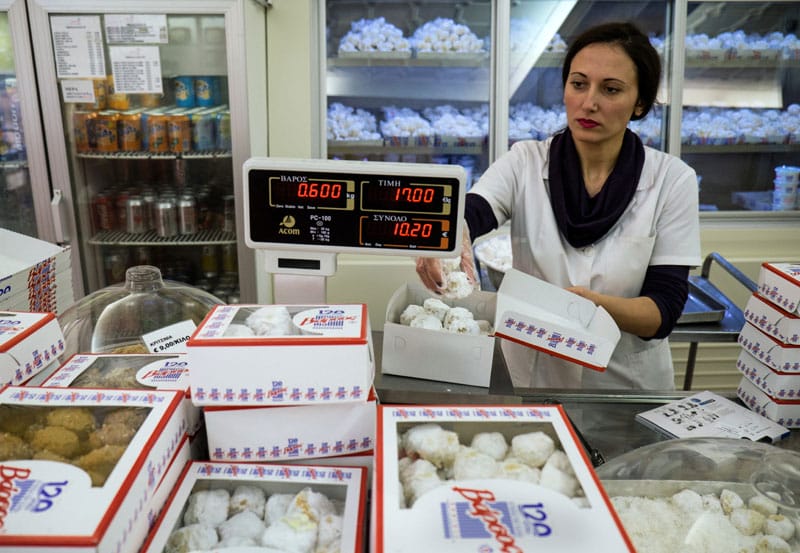
Divan in Palaio Faliro is a guarantee of traditional flavors from Poli, as the Greek expatriates call Istanbul. This family-owned pastry shop opened in 1971 in central Athens and moved in 1986 to its current location. There are a variety of kourambiedes for sale here, including the classic Greek recipe, which is crescent-shaped and exceptional in flavor and texture; the politikos kourambies, as Divan calls its Turkish version, which is doughnut-shaped, crisper, sweeter (yet not covered with sugar) and made without nuts; a version made with pistachio nuts; another with finely ground cashews and half-covered in dark chocolate; and a third with chocolate chips inside and fully covered in dark chocolate.
Chatzis, another historic, old-fashioned coffee and pastry shop, opened in 1908 in central Athens and moved it to its current address near Syntagma Square in 1917. Among other things, it is known for its buffalo-milk dairy products. The bakers here prepare one type of kourambiedes, made, of course, with buffalo’s milk butter! These delicious crescent cookies are filled with whole almonds.
Sweet Alchemy, owned by celebrity pastry chef Stelios Parliaros, offers a high-end version in a beautifully designed, glossy and modern shop. The bite-sized kourambiedes hide a secret twist: The almonds are roasted, coarsely chopped, dipped in salted caramel and then mixed into the dough. We love the crunchy, flavorful result.
For those who are fans of orange-blossom water, Kyveli’s bite-sized cookies are superb. And for those who wish to avoid sugar, we recommend Fleivor. Apart from the traditional recipe, the bakers make another one without sugar in the actual cookie and just a sprinkle of coarse sugar on top, as well as a third version suitable for diabetics, which uses fructose instead of sugar and does not have a powdered sugar coating.
A final tip: If somebody calls you a kourambies in Greece, don’t assume it’s a sweet compliment! “Kourambiedes” was the slang term that Greek soldiers started using during the Balkan Wars (1912-1913) to refer to opposing soldiers who looked tough on the outside but “crumbled” the minute they entered battle. The term was widely used during World War II to mock Mussolini’s soldiers. Today Greeks use it to describe “soft” men!
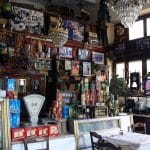 September 13, 2018 To Eidikon
September 13, 2018 To Eidikon
At the corner of Psaron and Salaminos streets, in a quiet neighborhood of Piraeus, […] Posted in Athens November 4, 2015 Can Vilaró
November 4, 2015 Can Vilaró
With all the talk about the benefits of quinoa, chia seeds, goji berries and similar […] Posted in Barcelona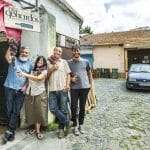 July 3, 2019 Os Goliardos
July 3, 2019 Os Goliardos
The up-and-coming, terroir-obsessed wine distributor Os Goliardos is reached through a […] Posted in Lisbon
Published on December 23, 2015
Related stories
September 13, 2018
AthensAt the corner of Psaron and Salaminos streets, in a quiet neighborhood of Piraeus, there’s a place that looks straight out of a 1960s Greek black-and-white movie. Its name, eidikon, means “special,” and it’s the last of its kind: a bakalotaverna, or grocery store and eatery, all in one. The shop opened in 1920, when…
November 4, 2015
BarcelonaWith all the talk about the benefits of quinoa, chia seeds, goji berries and similar superfoods, we can’t help but be a little taken aback when Dolors, one of the owners of the restaurant Can Vilaró, explains the benefits of eating cap i pota, a traditional Catalan stew made with calf’s head and leg and…
July 3, 2019
LisbonThe up-and-coming, terroir-obsessed wine distributor Os Goliardos is reached through a tiny alley that opens into a courtyard behind an apartment block in Campolide, a residential Lisbon neighborhood just north of the Amoreiras shopping mall. The company keeps a low profile, hiding Lisbon’s greatest wine storeroom in a narrow garage that counts several auto body…







































